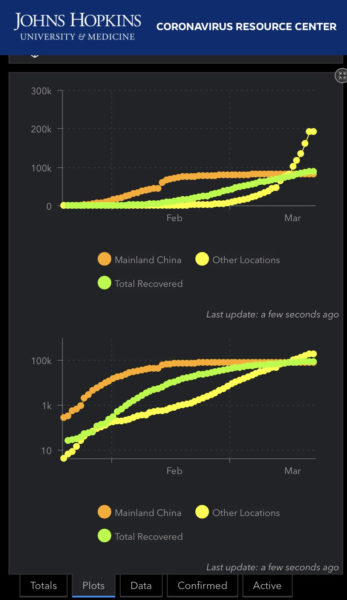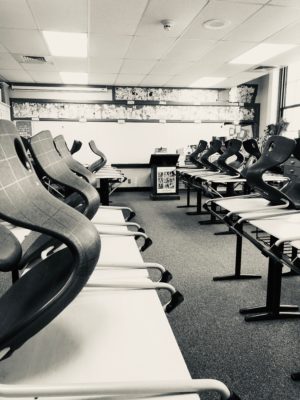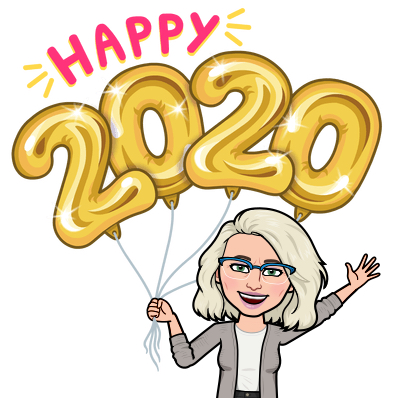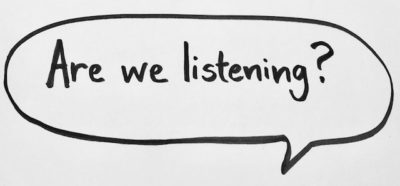I remember the days when class was still held in a building, and my biggest concern was figuring out how to differentiate my math lesson to meet the needs of my students. However, in our new reality of distance learning, I am learning to differentiate for parents. In order to equitably reach all students educationally, I needed to understand each student’s situation in accessing the material I was creating for distance learning.
My first obstacle was communication. How do I communicate with students who are not responding to emails? I realized very quickly that my only option was to establish a firm communicative relationship with the student’s lead parent/guardian. Like all teachers, I log into my student information system, Power School for my school, and find contact information. I figured the quickest way to reach out to parents would be by phone number.
Originally, I called the parents/guardians of my students. I was able to reach a few but found myself leaving a lot of messages. I still had at least 30% of students whom I couldn’t reach. Next, I emailed every parent that I couldn’t reach by phone. I received a few more with this method but still fell short of reaching everyone.
My third option was using an app like Remind to email parents. I know some educators use other apps like Class Dojo or Class Policy. Essentially, these offer similar features where you send the parent a code that instructs them on how to download the app and communicate with you via that platform. Luckily, I had already set this form of communication before the quarantine.
This form of differentiation helped me contact a few more. These parents were very happy that I had reached out in this manner. They were very apologetic and expressed that they don’t often check their email. Others felt bad for not answering my *67-caller ID blocked phone number.
However, I was still missing quite a few parent contacts. I equate it to classroom attendance. If I haven’t seen nine students out of 30 from my second-period class, for several days, I would do anything possible to get a hold of parents/guardians. During a conversation with a colleague, they had heard of other teachers finding success using TalkingPoints. Initially, I was skeptical. I figured this was another app, and I was already using Remind.
But how would I reach these last few? Reluctantly, I began to research this form of communication. I discovered that this platform has a web-based version. TalkingPoints allows a teacher to send a message in the form of a text that will appear in the preferred spoken language of the parent/guardian from the web. Finally, I had reached the majority of my students.
I keep relentlessly trying to find a way to reach the last 2%, but sadly they are the ones who have no contact number or email on record that is currently useful. My next thought is reaching out via the United States Postal Service. Fingers crossed!
In finding the preferred manner of reaching parents/guardians I was able to determine strengths and limitations for each of my students. Through this communication, I identified obstacles and collaboratively created an educational plan of action for each student as well as the best method to communicate on a weekly basis with parents/guardians and students.
The silver lining during this unprecedented time in education is learning many ways to communicate with families and the importance of being flexible with more than just a phone number or email. I’m starting to get excited for the 2020-2021 school year when I get to offer parents/guardians their preferred option of communication.






